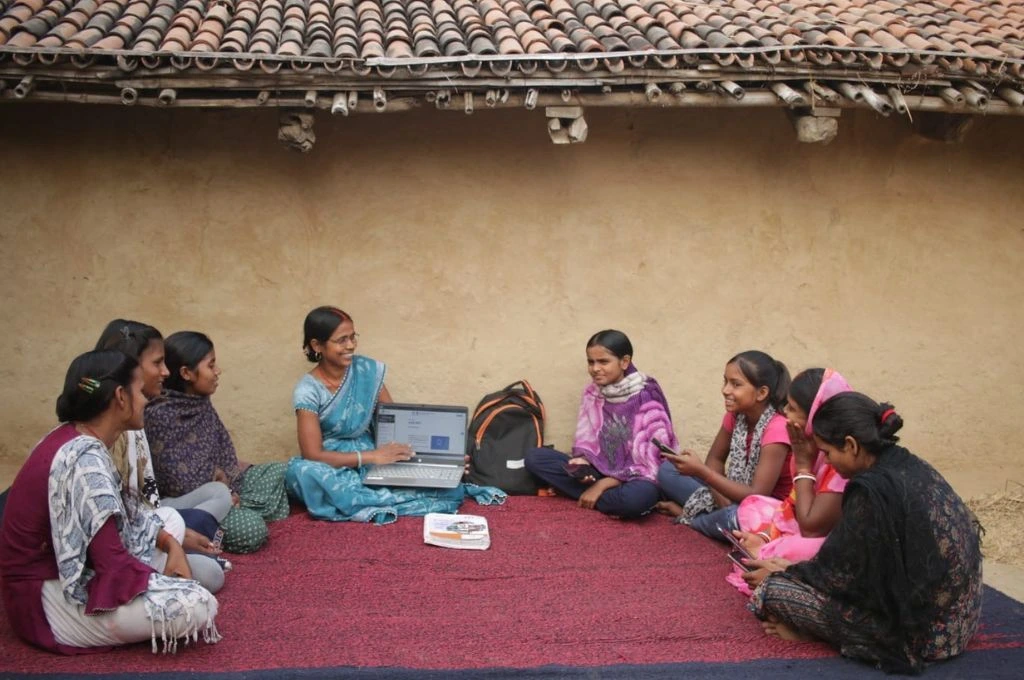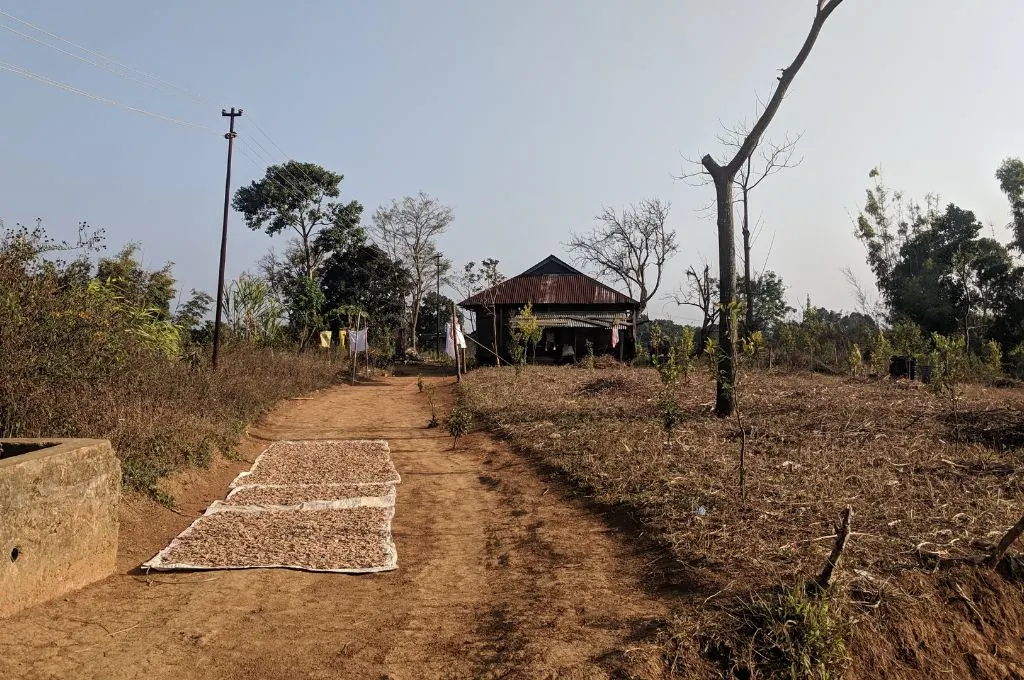READ THIS ARTICLE IN
When AI hits home (screens): Digital literacy in rural Bihar

The use of artificial intelligence (AI) platforms such as ChatGPT, Gemini, and Meta AI has become commonplace, especially in urban metropolitan cities. But such tech is yet to break ground in both urban and rural Bihar. To bridge this gap for marginalised communities by supporting a digital literacy programme at the grassroots, a funder approached our organisation iSaksham.
I work as a programme mentor at i-Saksham, which partners with young women in rural areas so they can be active participants in developing their communities.
These edu-leaders who lead the on-ground implementation of the project also needed AI literacy. They lacked access to tools and support to create lesson plans, improve their CVs, and understand complex topics related to their work. They first completed the training course introduced by the funder, and then stepped into the role of trainers themselves.

Our goal was to train people in remote villages across five districts of Bihar—Muzaffarpur, Gaya, Munger, Begusarai, and Jamui—on how AI can be used in everyday life. While the initiative was timely and relevant, we knew that for it to truly work, we needed to adapt it to local realities.
The funder’s training material spoke about Tesla cars and AI-powered traffic surveillance systems. These examples are far removed from life in the villages where we work. So we replaced them with relatable examples: how YouTube recommends videos, why we see personalised ads, or how digital assistants respond to voice commands.
We chose AI tools based on what was accessible and familiar to the community. Platforms that required users to type in English or navigate complex interfaces were not an option. Instead, we focused on ChatGPT, Gemini, and Meta AI, all of which support Hindi and allow voice-command prompts. Meta AI was particularly highlighted, because it is integrated into WhatsApp, which most people use regularly. This eliminated the need to download something new or learn a different interface.
The edu-leaders trained approximately 10,000 people to use AI; today, around 7,000 of them continue to use these tools actively.
The training focused on practical usage, such as teaching participants how to give voice prompts to get relevant responses without hallucinations. For example, a parent who cannot afford tuition could ask AI, “I’m a parent of a seven-year-old child based in Bihar’s Gaya district. How do I teach my child the table of two?” Including the location helps the AI tool generate more contextual and accurate answers.

We informed them of several prompts, such as asking AI to draft applications for administrative offices and to find information on government schemes. As community members adapted, they learned to prompt the AI tool on their own, using it to translate government letters from English to Hindi, find recipes, or write leave requests to their children’s schools.
It was important for us to acknowledge that people have varying levels of comfort navigating the digital space. This became clear through their feedback. For instance, many raised questions about the steps they had to follow to register for our course, as it initially required OTP authentication. They were reluctant to share OTPs due to safety concerns. In response, we shifted to e-mail authentication because it felt more secure and could be easily managed on smartphones.
At the same time, some participants didn’t have smartphones. To include them, the edu-leaders helped them complete the course using their own devices, or asked them to share devices with other members in the group. Some of these participants have since purchased smartphones, excited to leverage the potential of AI in their daily lives.
Ankita Singh works as a programme mentor at i-Saksham, an organisation that aims to amplify young women’s ‘voice and choice’ through community development efforts.
—
Know more: Learn about the slow digital shift in Assam’s Anganwadi centres.
Do more: Connect with the author at ankita@i-saksham.org to learn more about and support their work.




